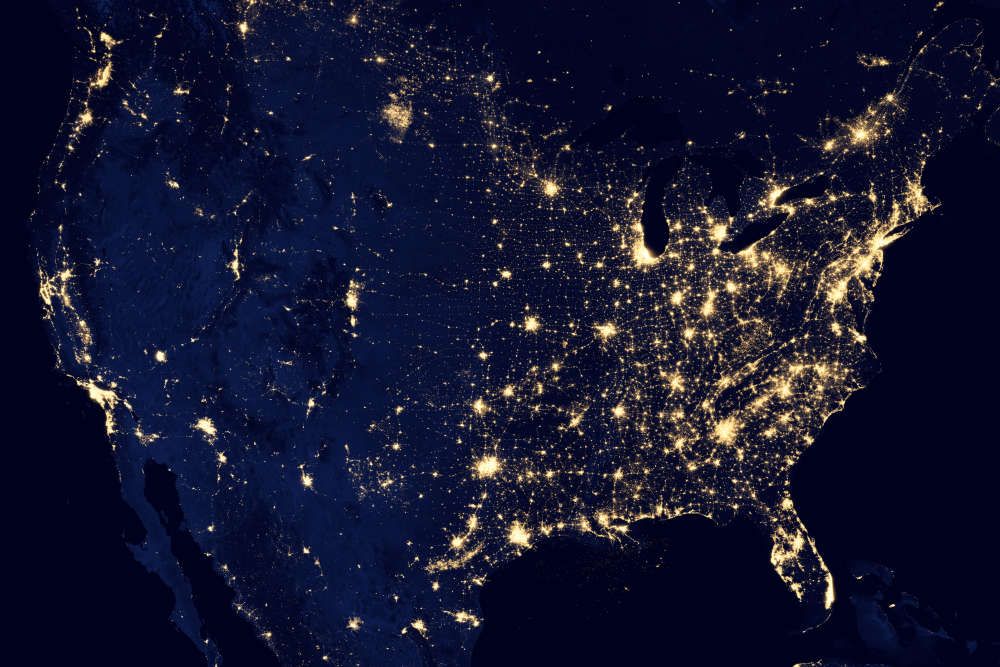Artificial Light Pollution Around The World Is Leading To A “Loss of Night”.
As population and cities continue to grow, our influence on the natural world is also spreading. A new study has now documented how our ever-expanding development is now even leading to a “loss of night” across many parts of the planet.
By studying images of the world at night, researchers have documented how between 2012 and 2016, the total area of Earth’s surface that is artificially lit has grown by a shocking two percent a year. While these images of spider web-like strings of lights tracking the coast and denoting cities might look beautiful, the sheer amount of light pollution may be having significant negative impacts on not only wildlife, but human health too. The paper has been published in Science Advances.
The researchers studied images collected by NASA’s Suomi NPP weather satellite, which among other things contains a Day/Night Band instrument, a nighttime sensor that can detect low-light emissions to a resolution of 750 meters (around 2,500 feet). While the tech can detect infrared emitted that the human eye can’t see, it cannot detect blue light that we can. The meant that as many western nations changing from using conventional lights to LEDs, which emit more of the blue light, the researchers expected the satellite to observe a dip in emissions.

The web of outdoor lights means that night time is effectively being eliminated. NASA
But that’s not what was observed. The light pollution being emitted from places like Spain and the United States stayed constant, rather than falling, while the pollution from developing nations also continued to grow.
It turns out that there has been a massive unintended consequence of the switch from older technology like filaments, gas, and plasma, to the more efficient and energy-saving solid-state lighting, such as LEDs. This transition was initially seen as a way for towns, cities, and councils to save not only energy, but also money as it obviously takes less electricity to power the new lights.
But the new study seems to reveal that in a lot of cases this switch may well have backfired. Rather than being content with the savings made, it appears that there has been a “rebound” effect, in which many towns decided to install even more lights as a result, precisely because of these savings. Where previously a city may have switched lights off in the small hours to save money, they now run all night, and in areas in which lighting was deemed a low priority, lamps have now been installed.
This has all contributed to the loss of night now being seen around the globe. While some countries saw a decrease in light (namely Syria and Yemen), the results suggest that the global demand for outdoor lights has not yet been met.